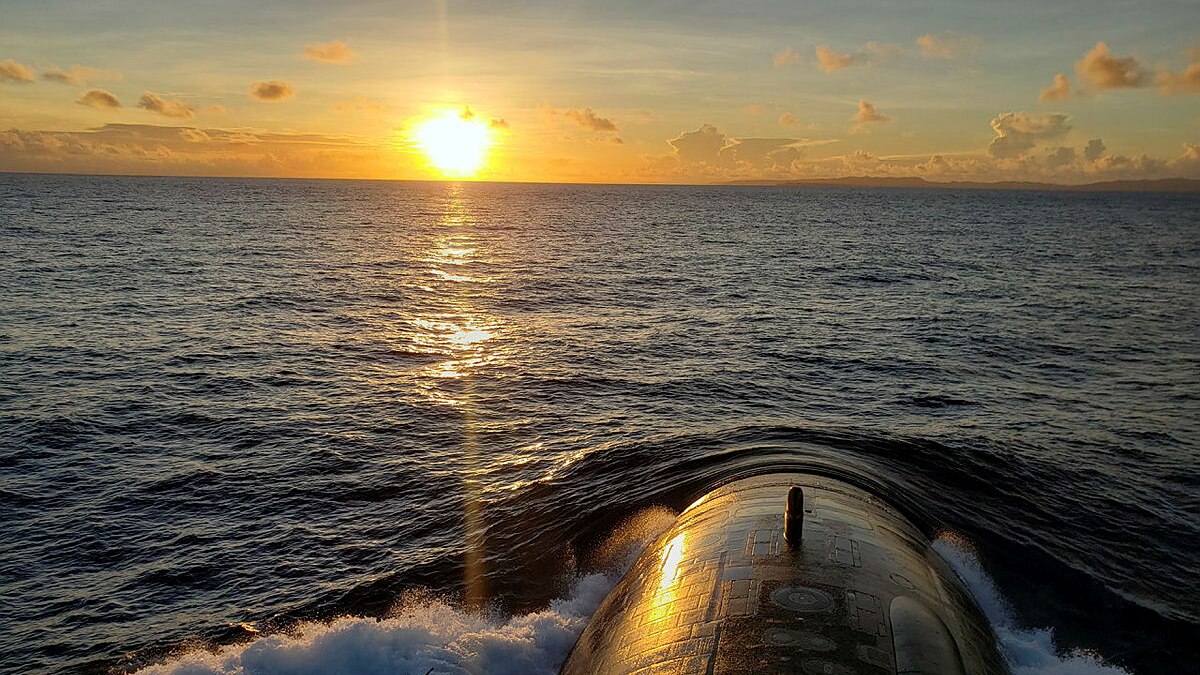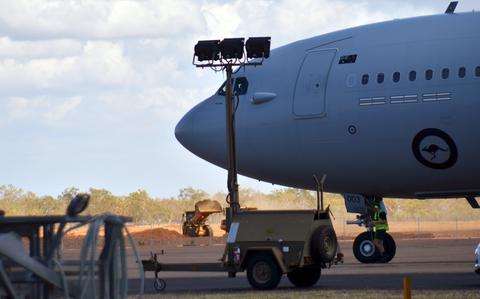
a Defence spokesperson said "the development of maritime services and support in Darwin harbour" was covered in "regular, productive discussions with the Northern Territory government on a range of initiatives".

a Defence spokesperson said "the development of maritime services and support in Darwin harbour" was covered in "regular, productive discussions with the Northern Territory government on a range of initiatives".

The Australian government will likely announce more initiatives in the northern Australia before the year is over, Babbage said.

US Marines of the Marine Rotational Force-Darwin (MRF-D) and members of the Australian Defence Force from Australian Army’s 1st and 13th Brigade, and Royal Australian Air Force’s 36th, 37th and 75th Squadrons have commenced Exercise Koolendong this week across the Top End.
The three week warfighting exercise is being held at Defence training areas in the Northern Territory and for the first time, in Western Australia to simulate a response to a regional security crisis.
“We are deploying significant forces by land, air and sea to training areas in both WA and the NT including Mount Bundy Training Area, RAAF Base Curtin & Yampi Sound Training Area,” Colonel Steele said.

“Part of our journey is to train and certify a sea-combat capable headquarters that will integrate naval and joint effects on the adversary in the contested littoral environment,” said the commanding general of the 1st Marine Division, Major General Roger B. Turner Jr.
Experts say a new port could replace the US military’s main fuelling station in the Pacific region after the closure of a storage facility at Pearl Harbour in Hawaii.
The federal budget allocated $1.5 billion to build “new port infrastructure, such as a wharf, an offloading facility and dredging of the shipping channel” in the Northern Territory.
Mr Dutton said in November that stability in the Indo-Pacific “requires the United States to be completely engaged in the region”. He indicated in June he was open to increasing the US marine presence in Darwin and said it was in both countries’ interest for the US to expand its presence in the region.
The federal budget allocated an extra $2 billion to the Northern Australia Infrastructure Facility and expanded its remit to include the Commonwealth territory of Christmas Island and Cocos (Keeling) Islands. The Defence Department announced in 2020 it was upgrading the Cocos Island runway to accommodate surveillance and response aircraft.
The government is also investing $300 million in an industry precinct at Darwin for gas, hydrogen and critical minerals.
“Additional fuel storage, additional logistics, support and port facilities will enable greater flow through of American units, and conceivably stationing on a longer-term basis. Not basing, but possibly stationing at least for periods of time.